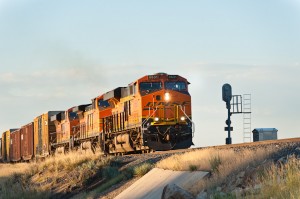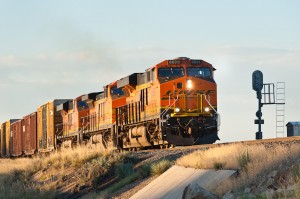Perhaps one of the simplest ways to improve both the perception of your photographic ability, and to improve the actual images that you shoot, is to edit. Editing what you show others, showcasing your better work, will invevtiably improve what other perceive your ability to be. Editing the images you shoot also can improve your shots, by cropping dead space or clutter, removing minor imperfections such as dust spots, improving contrast, tweaking (though not massively changing) saturation and clarity, and sharpening, all enhance your digital images. In fact, if you shoot in RAW format, then you must edit or your images will appear flat and lifeless
With the advent of digital photography, and its widespread acceptance and use by most current day photographers, the ability to edit your images has been streamlined since the days of chemical dark rooms, with a number of software packages available at a relatively low cost. Several of the more popular editing software includes, Adobe Elements (street price approximately $70), Adobe Lightroom (street price approximately $149), and Adobe Photoshop (street price approximately $200 though varies considerably by version), with other programs available as well.
If shooting raw, at a minimum an adjustment should be made to contrast, sharpness, and color saturation. In all cases, be careful not to over do any of the adjustments, or the image will begin to look artificial. Other typical edits might include dust spot removal, black level adjustment, color balance correction, and exposure adjustments. All of these adjustments help the overall look and feel of your image, important not just when showing your images to others, but also for your own edification and viewing enjoyment.
Another edit that should be considered for some if not many images, is cropping of the image to enhance the subject, and to remove dead space or distractions. Dead space is simply large areas which do not add to the image, perhaps too much sky, or foreground (though dead space typically refers to areas behind the subject.
Here is an example of reducing dead space through cropping.
Before cropping After cropping
The image on the left shows the full frame image, and although not a bad composition, has a bit too much space towards the front of the engine, as well as a large amount of sky.
The second image reduces amount of sky, and tightens on the subject. Although the relay box is cropped down the middle (the small structure to the right of the signal), this edit does not hurt the overall composition, with a more balance and powerful image resulting from the crop. Notice also, that this was a small crop, not an extreme crop. Naturally, how each photographer crops an image varies by one’s own style and preference.
If shooting .jpg format, less overall editing is typically performed, as the conversion to .jpg involves a number of adjustments that made by the software built in to the camera. However, some editing can still be done, and naturally any edits relating to cropping are not affected by raw versus .jpg.
In addition to editing of individual images as described above, one of the best ways to improve what other photographers think of your work is to edit what you what images are shown to others. Unless particularly newsworthy, and not already posted by others, pick only your best work , both in terms of composition, and technical details such as exposure, sharpness, and contract. By being more selective in what you share, and post, others will think more highly of your work. A careful look at many rail related websites will highlight this, those photographers thought of as “good” will typically carefully pick what images they show others, while other photographers post images with little regard to quality. Think before you post, 1 well composed image is of more value to others than 5 or 10 poorly exposed, out of focus, visually uninspiring photos.
To quote Joe McNally, “The best photographers are the best editors”.
Your image, and the image you want to share to others, freqently is in the editing… edit, edit, edit!

